Time-Restricted Feeding
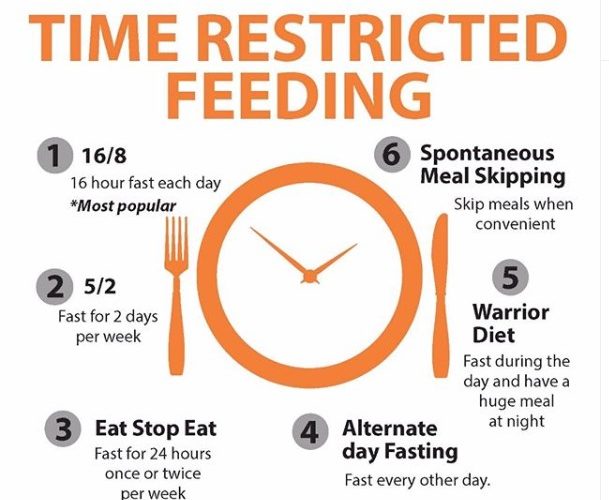
Time-restricted feeding can reduce high insulin levels, which can reverse type 2 diabetes. It’s important to understand some facts about insulin and how it works. First, insulin is fat storage and a growth hormone. It reduces circulating glucose by converting it to glycogen storage first, which then overflows to fat storage. Eating carbohydrates causes insulin […]
Lack of nutritional information
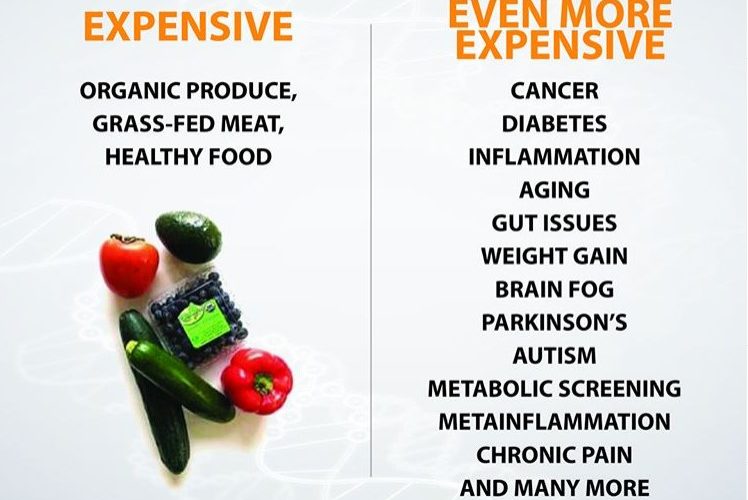
The nutritional and informational value of food is often ignored by conventional medicine, and ignoring it can lead to severe and expensive chronic diseases. Unfortunately, most currently practicing physicians received less than 16 hours of education on nutrition during medical school. Often, dietary guidelines and recommendations were delegated to the dietitians. Unfortunately, the dietitians were […]
Sugar, vegetable oil, and grain

Sugar, vegetable oils, and grains — in my more than 20 years of experience, I have never seen a type 2 diabetic patient that didn’t have this unholy trifecta. The root cause of the obesity, prediabetes, and type 2 diabetes epidemic is this combination of acellular carbohydrates, industrial seed oils, and refined carbohydrates.
Epidemic or Pandemic?
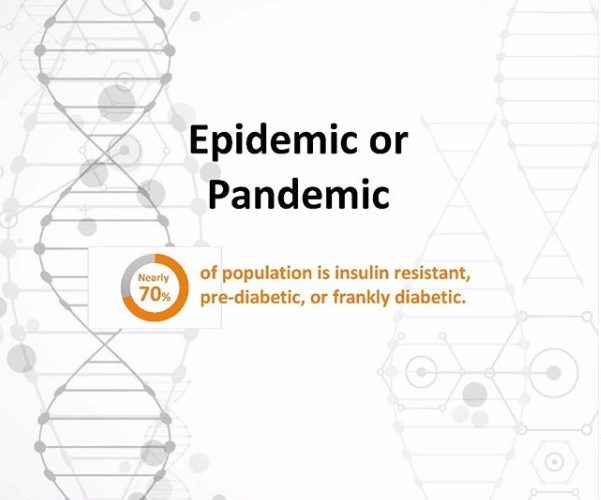
When every species gets the same disease, is it an epidemic or a pandemic? Reversing the obesity, prediabetes, and type 2 diabetes epidemic is today’s most important public health challenge. Every single species exposed to the standard American diet becomes overweight, pre-diabetic, or diabetic type 2. It takes a conscious effort to prevent and reverse […]
Treating pain by treating inflammation

People wonder what weight has to do with experiencing pain and its treatment. I am an interventional pain physician, and sometimes I get the question, “Why are you so worried about a patient’s metabolic function? Why worry about their weight? Just treat the pain.” However, almost all of the patients in our clinics are overweight, […]
Fat Doesn’t Make You Fat
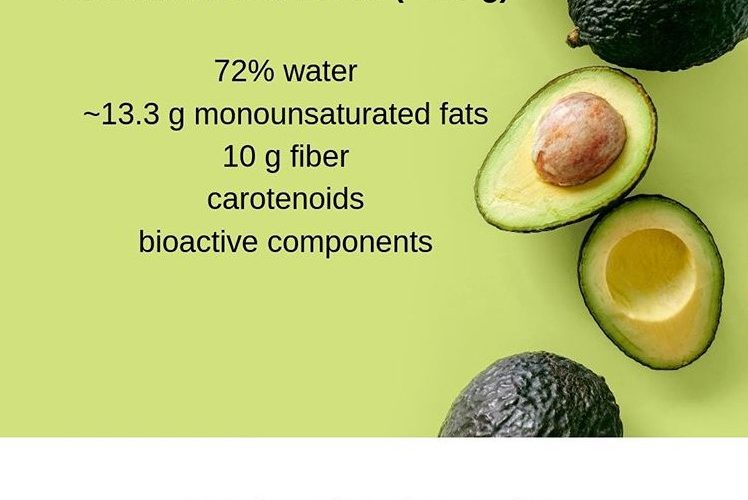
For years, fat has been targeted as one of the main causes of obesity, but fat in someone’s diet isn’t what makes someone fat. The diet-heart hypothesis falsely attributed eating fat with the development of atherosclerotic heart disease. This anti-lipid agenda led to the low-fat craze, which replaced fat with tasty acellular carbohydrates, paradoxically resulting […]
Crisis of Nutrition
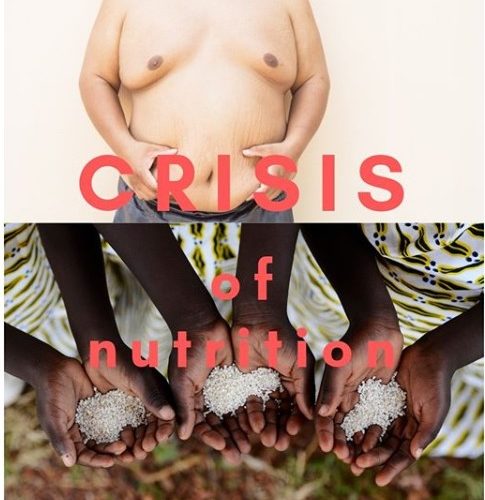
In the United States, we have a malnutrition crisis, but it’s not caused by people not having enough to eat. Just as assuredly people died of famine in the past, they now die of excess eating. It’s just not as compelling to put an 85-pound four-year-old in an advertisement for Save the Children. This malnutrition […]
Are the Odds of Weight Loss in your Favor?

The standard advice of dietitians and physicians to those who want to lose weight is simple: eat less, move more. However, this advice doesn’t actually produce favorable odds for losing and maintaining a healthy weight. Using the standard calorie reduction approach recommended by the dietitians produces a probability of attaining a normal weight at 1 […]
Metformin Works in the Prediabetic Range.
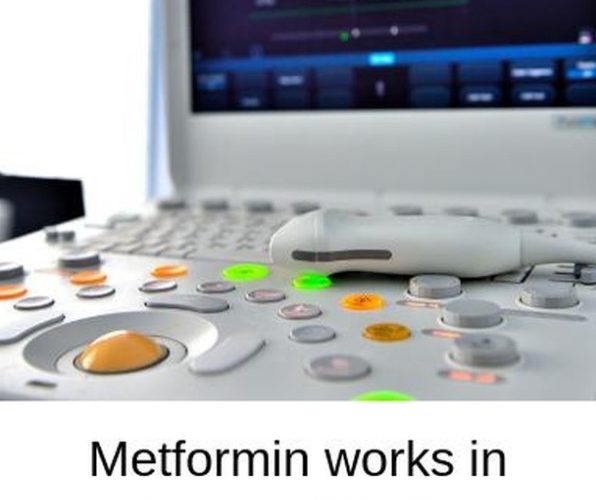
Metformin, an anti-diabetic drug, can protect the heart in pre-diabetic patients. Even without a frank diagnosis of type 2 diabetes, normotensive or hypertensive patients with insulin resistance can develop left ventricular hypertrophy (LVH) and coronary artery disease (CAD). Insulin resistance (IR) is implicated in the development of LVH. Dysglycaemia is very common in patients with CAD […]
Macrovascular Tissue Damage Starts from HgBA1C of 5.7, Not 6.5 Treat Early
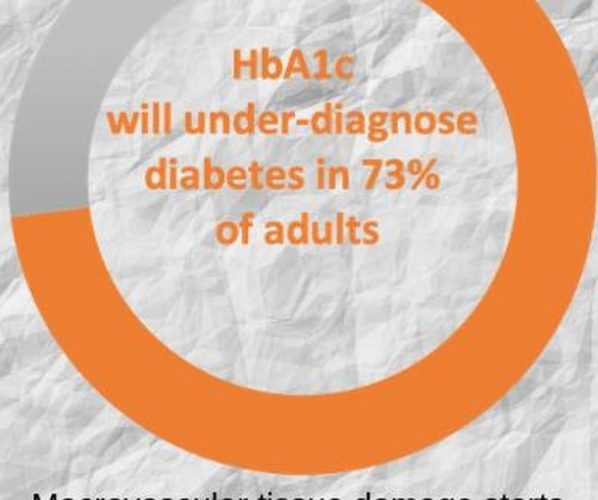
Research shows that patients in the prediabetic range need to be treated in order to prevent tissue damage. The HbA1c test has a significant tendency to miss cases of diabetes as compared to the oral glucose tolerance test (OGTT) Patients should be treated in the prediabetic range because macrovascular tissue damage is occurring from HgBA1C […]
